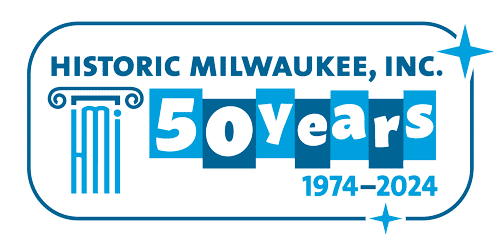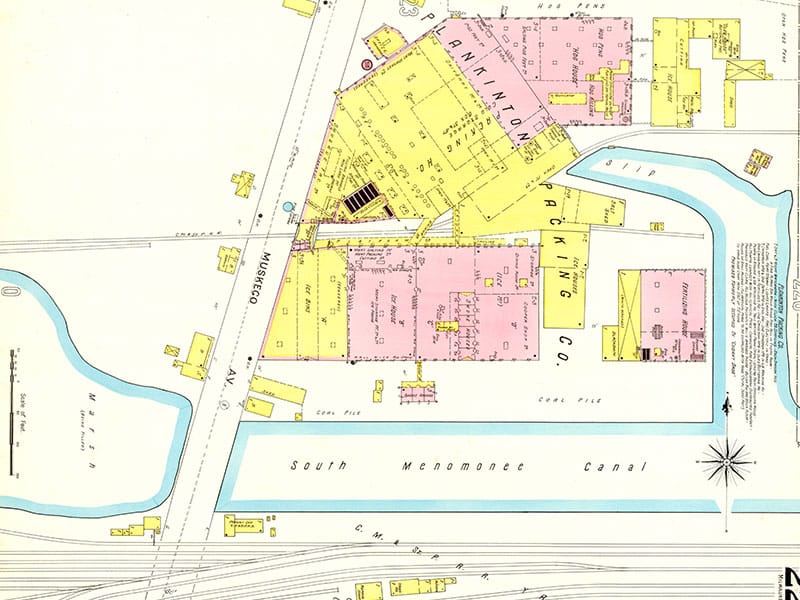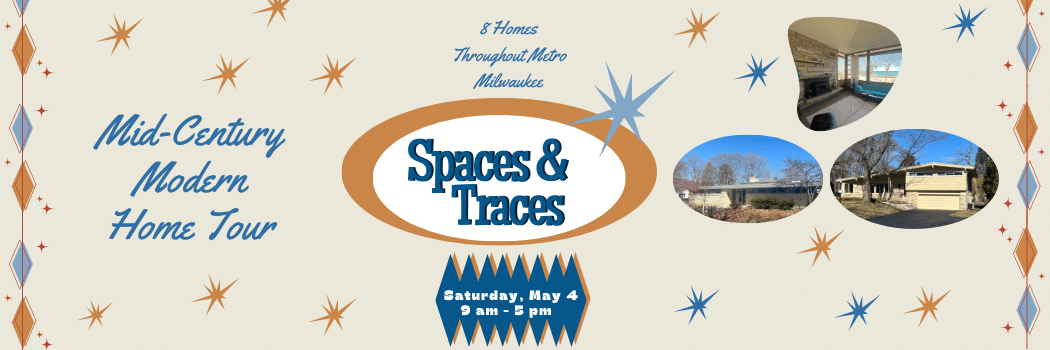
- This event has passed.
May 10, 2021 @ 6:00 pm - 7:00 pm
History of Harambee and Riverwest with John Gurda
Historian John Gurda will talk about the history of Harambee and Riverwest. This program will be held on Zoom Webinar; participants will receive a link to join the event.
Harambee
The Harambee (translates to “all pull together” in Swahili) Neighborhood is located just north of Milwaukee’s central business district and is bounded by I-43 on the west, Capital Drive and the rail corridor on the north, Holton Street on the east, and Center Street to the south. Former mayor Frank Zeidler – Milwaukee’s last Socialist mayor – called the neighborhood home until his death in 2006.
The neighborhood was first settled by early German-Americans in the 1800s but became the center of Milwaukee’s African American community by the 1950s. In recent history, it has been heavily affected by redlining, slum clearance, construction of the I-43 freeway, and race riots in the summer of 1967.
As a lower to middle-class, predominantly African-American neighborhood, Harambee has recently seen an influx of upper income residents to its south and east, along its borders with Brewers Hill and Riverwest. The northern end is also enjoying extensive residential rehabilitation through a partnership of the City of Milwaukee with churches, private businesses, philanthropy, neighborhood groups, business improvement districts, non-profit community development corporations, and the police department.
Riverwest
From its headwaters in Fond du Lac County, the Milwaukee River meanders slowly, past farms and through villages, to the city that was named for it. The river turns abruptly east as soon as it enters Milwaukee, at Lincoln Park, and inscribes a graceful arc on the landscape until North Avenue, where it bends west again and descends to the lake. Within this easternmost bend, defined neatly by Holton Street, lies the neighborhood called Riverwest. Like the river, it is a venerable part of Milwaukee and, like the river, it is a scene of both constant change and impressive continuity.
What is remarkable about Riverwest is that every group who ever settled in the neighborhood is still there—not the original residents, of course, but their physical or spiritual descendants. You will find a generous scattering of Polish and German families whose ancestors came on the first wave. You will find Italians whose families arrived a generation later. You will find Puerto Ricans in significant numbers. In fact, St. Casimir and St. Mary of Czestochowa Churches have merged to form a new parish named Our Lady of Divine Providence, the patroness of San Juan, Puerto Rico. You will find African Americans, who have created their own distinctive blend of institutions, and you will also find children, and now grandchildren, of the counterculture. Riverwest resembles the United Nations; not everyone eats together, but everyone has a place at the table.
Riverwest is an eclectic neighborhood with strong communal spirit, home to a community-run bar, a community radio station, and a thriving co-op.




